Based on this comparison table, you can see that Windows 11 is more hardware-hungry. Bear in mind that these are minimum system requirements to install these Operating Systems. As I mentioned earlier, these recommended requirements are the minimum computer hardware specs you need to use the Operating Systems. I learned this the hard way when I installed Windows 11 on a VMWare virtual PC with 4GB of RAM. Windows 10 is the latest version in line of Windows operating systems provided by Microsoft. But, due to high reliability on network connection and additional features for virus protection and system troubleshooting, Windows 10 requirements for installation have also changed with time.
It's important to understand that not every system would run Windows 10 that effectively. There are minimum requirements for Windows 10 updates and installation that the concerned system to fulfil. To install Windows bit, purchase Windows bit from Microsoft and perform a clean install of Windows bit from the Microsoft download site. In some cases HP might not provide compatible software and updated drivers for your model. Tablets are of growing interest in the classroom environment and are an innovative method for note-taking.
When paired with a keyboard, tablets that meet the above requirements are sometimes even used as a replacement for a laptop. New tablet computers come with Windows, iOS or Android operating systems. Capabilities and the number of programs available depend on the operating system choice and the hardware of the device. Consult with your academic advisor if you are unsure about the need for a tablet in your field of study. Microsoft OneNote software for tablet computers is available for free through the Azure Dev Tools for Teaching program for Windows based tablets. After releasing Windows 10 version 1903, Microsoft has updated the official system requirements for it.
Users whose PCs have bare minimal hardware required for installing Windows 10 may have already noticed that the OS is literally unusable because it runs extremely slow. Technically, it will run on minimal requirements but the experience will be bad. Here are the real recommended hardware requirements your device should meet to have an impressive user experience with the latest OS version from Redmond. Before installing Windows 10, update your software, drivers, and BIOS, create recovery discs for your current operating system, and back up your files. Several additional factors affect what hardware users really need.
First, it depends whether IT is performing aclean installationor upgrading from a previous Windows operating system. An in-place upgrade, from Windows 8.1 for example, requires more than 16 GB -- or 20 GB for the 64-bit version. In this situation, the hard disk requirement is inadequate because the existing OS takes up storage. The same would be the case for Windows 7, Windows 8 or any other Windows update. During the version 1903 update, Microsoft changed the Windows 10 minimum system requirements.
Desktops that receive a clean install of Windows 10 must have a hard drive size of 32 GB. IT admins, however, do not necessarily need to increase the hard drive size of desktops that upgrade the OS from the latest version. This works only if there is enough available free space. During the update, Windows will prompt admins to free up space on the hard drive to successfully complete the process.
A 10-year-old computer can probably run Windows 10 if it meets the minimum requirements outlined by Microsoft. Besides minimum RAM and disk requirements, some older processors may not have all the features required for the operating system to run. Take a full system image backup of your older machine, and then attempt to install or upgrade to Windows 10.
If it fails, you can always revert to your backup image. Although, the minimum requirements of Windows 10 are same as Windows 8 or Windows 8.1, you can see the Windows 10 recommended requirements in detail in the guide below. Before you upgrade your computer to Windows 10, you should make sure that your computer's hardware meets the minimum required specifications.
The 32 bits and 64 bits versions of the Windows 10 operating systems have different requirements which you can see below. General Windows 10 requirements only signify eligibility for its installation. The essential needs for making it function at its best are much broader and expanded. With regular modification in Windows 10 OS, it becomes necessary to upgrade system hardware for better support to the latest OS versions. Moreover, Windows 10 driver updates become more critical when your system uses are exceeded beyond its general capacity.
With Advanced Driver Updater, that issue is entirely resolved for all users. To determine manually how many physical cores your server has, you can use the Windows Management Instrumentation Command-line tool . This is useful if you do not know whether your computer will meet the minimum hardware requirements for installing Tableau Server. There are minimum hardware requirements for Windows 10 to run on a laptop or desktop computer. You'll need a 1GHz or faster processor, 2GB of RAM, at least 20GB of space on your hard drive.
And don't forget about the "fact" that Microsoft is going to make the Windows 10 upgrade a "Recommended" update in 2016 for Windows 7 and Windows 8.1 users. At that time anyone who is on Automatic Updates will have Windows 10 automatically downloaded to their machines and the upgrade process automatically start . When I am asked to set up a computer running Windows 7, I set Windows Update to check for updates but ask before downloading. For my own computers I am considering simply disable Windows Update and manually check for updates maybe 2 or 3 times a year only. If I have to fight Microsoft on these things it makes sense to fight them as few times as possible.
I've heard of scenarios where hardware meets the minimum requirements, but the drivers don't fully support Windows 10. I've had reports of random failures with various apparently incompatible pieces of hardware — perhaps most commonly for monitors. Microsoft has been testing these processors with Intel, but the 7820HQ is only supported on devices that ship with Declarative, Componentized, Hardware Support Apps .
You may have heard of DCH in GPU drivers, and it's a cleaner and more secure driver design that Microsoft has been encouraging OEMs and hardware manufacturers to adopt in recent years. Apps like GPU control panels are separated from the driver install with DCH, allowing OEMs to service them separately without having to issue new driver updates. With Windows 11, we are focused on increasing security, improving reliability, and ensuring compatibility. Computer systems dedicated towards heavy gaming need to have the ultimate specs to support the Windows 10 update and keep the system in good shape in its latest OS version. The most basic, and technically the only difference between a Gaming PC and an enormal consumer-end PC is discrete GPU. To fulfil the Windows 10 requirements and ensure smooth functioning of the OS on a gaming-dedicated PC, a minimum of 4GB high-end GPU is necessary.
Besides that, the CPU is required to have 8GB+ RAM setup with a minimum of 1TB of hard drive. Microsoft has released Windows 11 as a free upgrade with a completely new interface and several new features. While some Windows 10 users have upgraded their PCs to Windows 11, there are still many who do not want to or are struggling to upgrade, and the reason is the compatibility issues.
Windows 11 only runs on PCs that meet the minimum requirements. Not every Windows PC is compatible with the latest Windows 11 operating system. To help users deal with this uncertainty, a tool called Ashampoo Windows 11 Check & Enablecan help users. For desktop users, this means new memory, a new hard disk drive, and potentially a new processor or graphics card can be added. We've already recommended that you replace your HDD for improved, increased storage. The "Go Back" feature, which allows you to reinstall a previous version of Windows, is available for 10 days after installing Windows 10.
The Windows installation files occupy a large amount of hard drive storage space during that time. However, if you want to regain the storage space before 10 days have passed, you can manually delete the files. Microsoft also details how it arrived at these minimum system requirements for Windows 11. Microsoft wants to push Windows toward modern DCH drivers and modern security with Trusted Platform Module support and virtualization-based security .
So the minimum space requirement for Windows bit is 16GB, and Windows 64-bit is 32GB. But 16GB and 32GB is the space for Windows OS, you will need more space for cache, registry, and temporary files. And after installing Windows 10, the previous system will be stored in a Windows. Old folder for recovering the system version in case you don't like Windows 10. So the standard of minimum requirements is not enough.
And now, Windows 11 is asking for 64 GB of free space on the system drive, it's even harder for some old devices. If you chose the clean install and kept nothing, navigate the setup experience with the help of Cortana. If you chose to keep your personal files and apps, you do not need to set up Windows 10 again. Minimum recommendations for production go beyond minimum installation requirements, and represent the minimum hardware configuration you should use for installation on most production nodes. If your computer meets the minimum installation requirements but does not meet these recommendations, the Setup program will warn you but you can continue the installation. For certain nodes dedicated to specific tasks and processes such as backgrounder, or Prep, you may be able to use servers that do not meet this minimum recommendation.
Minimum requirements for installation reflect the minimum hardware your computer must have in order to install Tableau Server. We do not recommend you attempt run Tableau Server on servers with these values, even if you are just testing. Depending the features you have licensed and are using, you may experience poor performance and an unrealistic experience. In certain cases Tableau Server may not start without at least 20GB of memory. Knowing that some users will want to install Windows 11 on systems that don't meet all of its hardware requirements, Microsoft has provided a registry hack that loosens them up somewhat. Using this hack, you can install on a system that has at least TPM 1.2 and has an unsupported CPU.
That said, we recommend the scripts above because they don't require you to have TPM of any kind. Leo I have three things that I'm curious if they are affecting some of the failed upgrades that are happening. I'm curious if you have noticed any of these things come up with the failed upgrades or any of them are things that you've investigated. I personally ran into the overheating problem on a laptop awhile back trying to update from Windows 8 to 8.1. Microsoft is announcing that it won't block people from installing Windows 11 on most older PCs.
This means anyone with a PC with an older CPU that doesn't officially pass the upgrade test can still go ahead and download an ISO file of Windows 11 and install the OS manually. Here's the easiest way to do that as of October 2021. The combination of these features has been shown to reduce malware by 60% on tested devices. To meet the principle, all Windows 11 supported CPUs have an embedded TPM, support secure boot, and support VBS and specific VBS capabilities. The minimum system requirements will get Windows 10 up and running, but don't expect a 100% smooth experience as we are talking about the bare minimum to get the software running. As above, operating systems are the software you'll interact with most when computing, so it's a no brainer to try and exceed the minimum requirements if at all possible.
Once you install Advanced Driver Updater, you'll scan for all the potential driver updates on your system. The scanning process would list out all the drivers that have updates available. Next, all you have to do is just click on Update All button and let ADU do its job. Once your drivers are updated, the software proceeds towards backing-up previous driver versions, which provides for roll-back changes if ever required. As the installation is completed, restart your PC, and you'll be good to go. The specifications mentioned above are minimum requirements for installing Windows 10.
But if you think that getting your system ready with these specs only would help you run Windows 10 properly, you're wrong. To ensure that Windows 10 support all the applications on your system without crashes and unwanted halts, you need to ready your system accordingly. Without that, Windows 10 would perform poorly and would heavily hamper your daily work and experience on your computer, giving different errors on-screen. A lot of users have reported the 'this pc can't run Windows 11 error' while trying to install Windows 11 on their systems. This error is caused due to Secure Boot and TPM 2.0 setting in a device.
In order to successfully install Windows 11 on a PC, a user might have to fix both or one of the errors. Keep reading the article to find a solution for 'this pc can't run Windows 11 error' and Windows 11 minimum requirements. Install updated wireless network drivers and wireless button software.
The wireless button on your computer should sync with Windows Airplane Mode when the required software is installed. Go to support.hp.com and install the latest BIOS for your computer if you have not already done so. Then install the latest wireless and Bluetooth drivers.
If your computer has less than 128 GB of free hard drive space, you are prompted to connect a USB hard drive to continue with the installation. When the installation is complete, Windows 10 Upgrade copies the windows.old file to the USB hard drive. The file is required if you decide to Go Back to the previous operating system. Should, in most cases, meet or exceed the minimum hardware recommendations. Actual system needs for Tableau Server installations can vary based on many factors, including number of users and the number and size of extracts, as well as the features you have licensed.
If the Setup program determines that your computer does not meet the following recommendations, you will get a warning, but you can continue with the installation process. For more information, see the Hardware recommendations section of the Recommended Baseline Configurations topic. The users get a customized Windows desktop experience set up by IT. They are unable to install or use any legacy Win32 apps, and only preapproved Universal Windows Platform applications run in this deployment. Because Microsoft Office is now available as a universal Windows platform app suite, this plan is sound. IT should move corporate users to secure hardware, Microsoft 365 subscriptions, Azure AD and Windows 10 S as well.
While Microsoft cites 1 GB of RAM as sufficient for 32-bit Windows 10 systems and 2 GB for 64-bit, most users will require more. Windows 10 generally runs smoothly with lightweight apps, such as Microsoft Office, with a dual core processor and 2 GB of RAM. It's also worth adding alarge enough hard diskto avoid storage concerns. Another factor that affects the functional system requirements is the workload that users will run.
The Windows 10 system requirements listed above only guarantee that the Microsoft Windows OS will run. Applications, such as Internet Explorer, Google Chrome, Microsoft Excel and business applications, usually have their own hardware requirements beyond those of the operating system. For example, the minimum display resolution of 800x600 is often inadequate because some business applications require a higher resolution. Usually, there are no changes in hardware requirements when upgrading to a new version of Windows 10. However, it is not uncommon for the operating system to have additional requirements.
For instance, with the release of version 1903, the minimum storage requirement was bumped to 32G for new installations. But the company has already confirmed that there won't any changes in this area. Windows 10 21H1 will have the same hardware requirements as versions 20H2 and 2004. When the operating system is ready to install, you'll see a recap of what you've chosen, and what will be kept through the upgrade. Press 'Change what to keep' if you want to switch between keeping personal files and apps, keeping personal files only, or keeping nothing during the upgrade. Your second option is to upgrade the component or components that Windows 11 doesn't support.
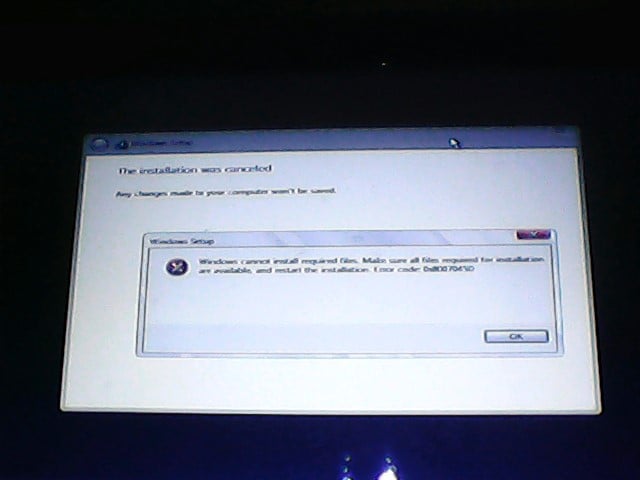



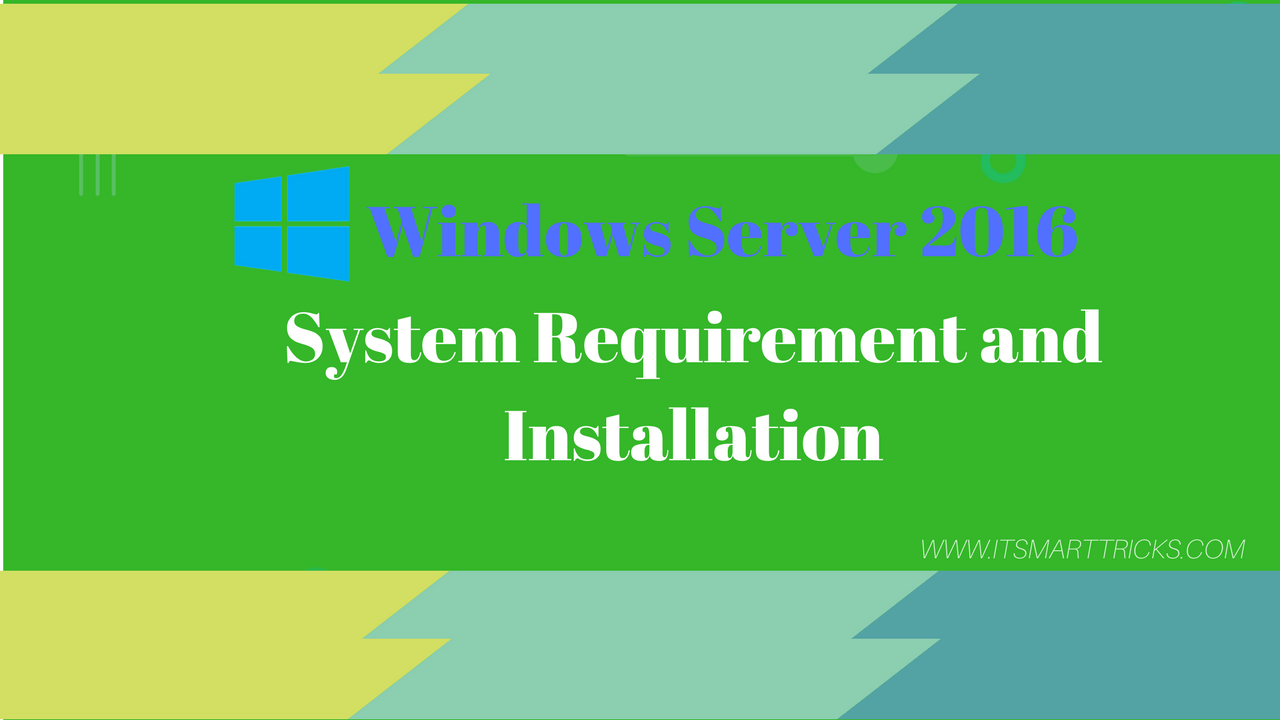
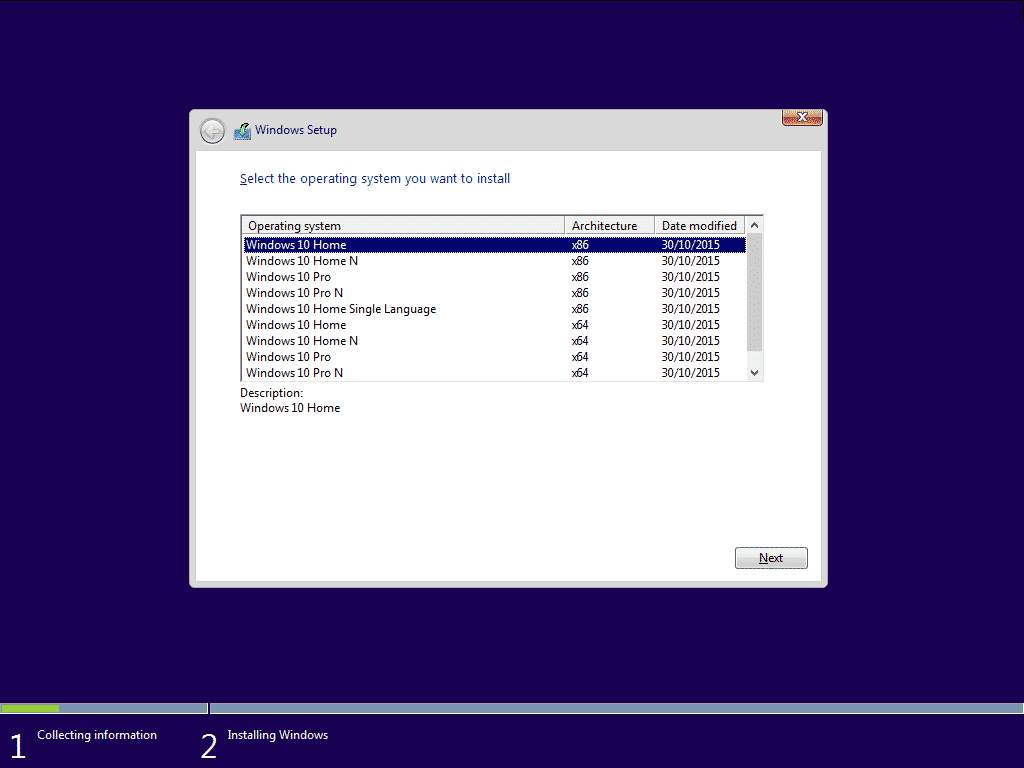
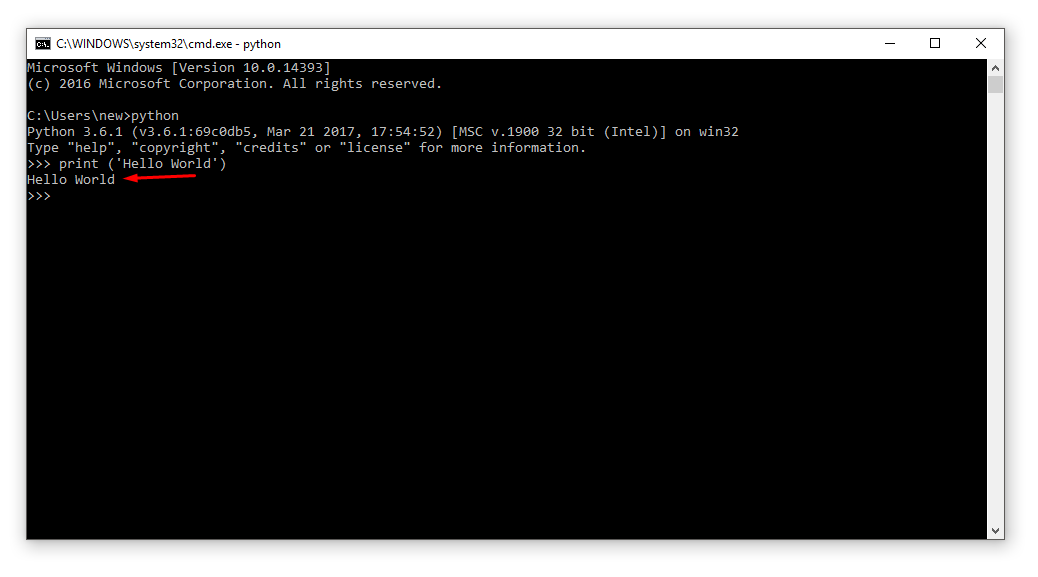







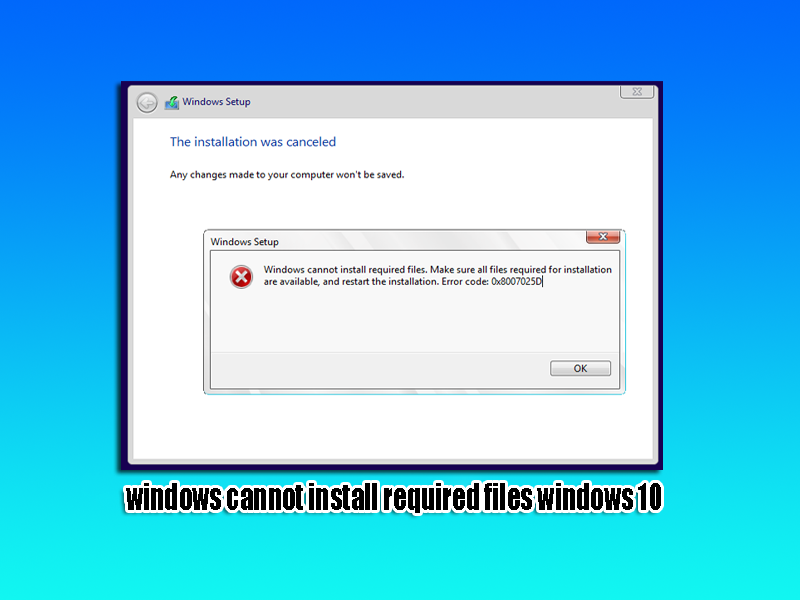





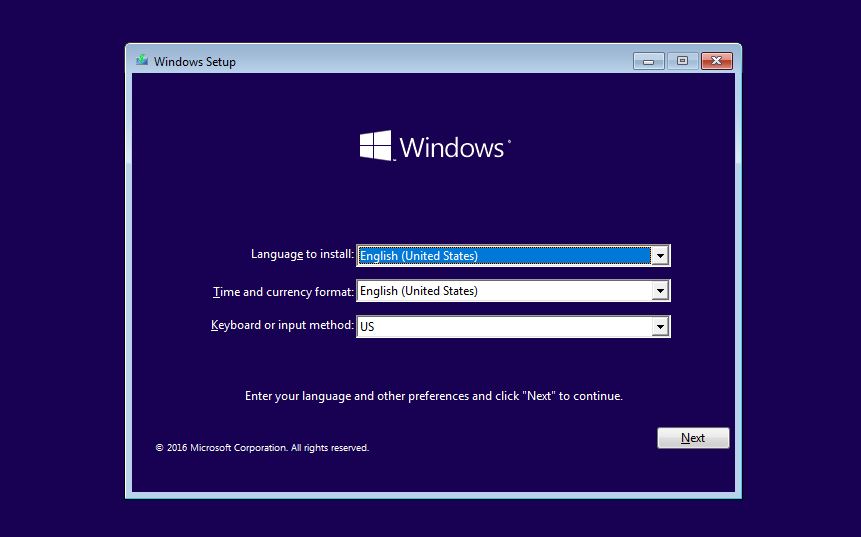


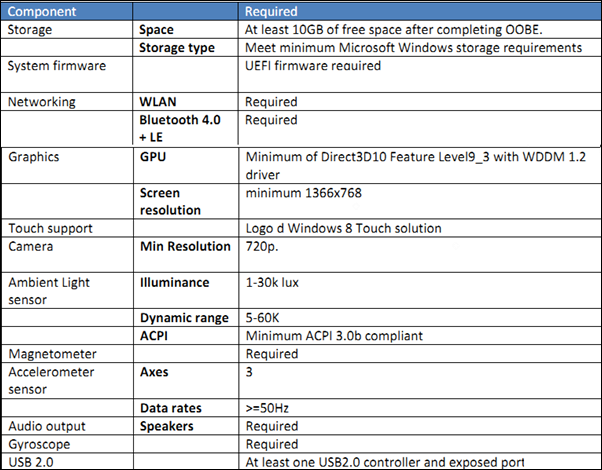




No comments:
Post a Comment
Note: Only a member of this blog may post a comment.